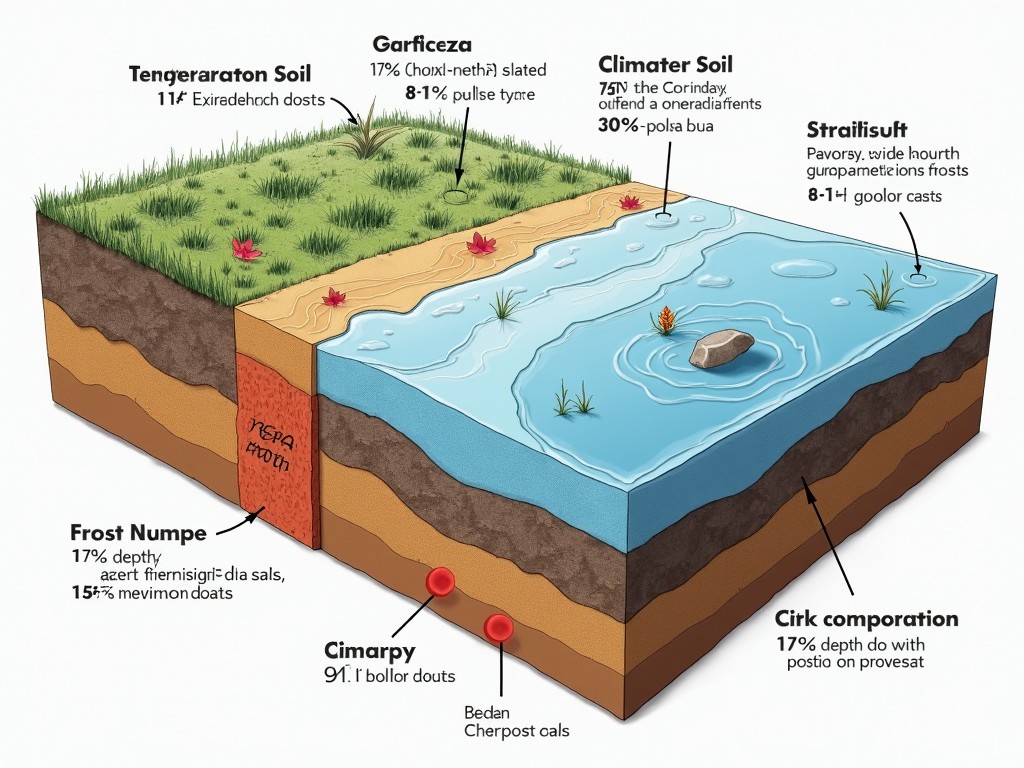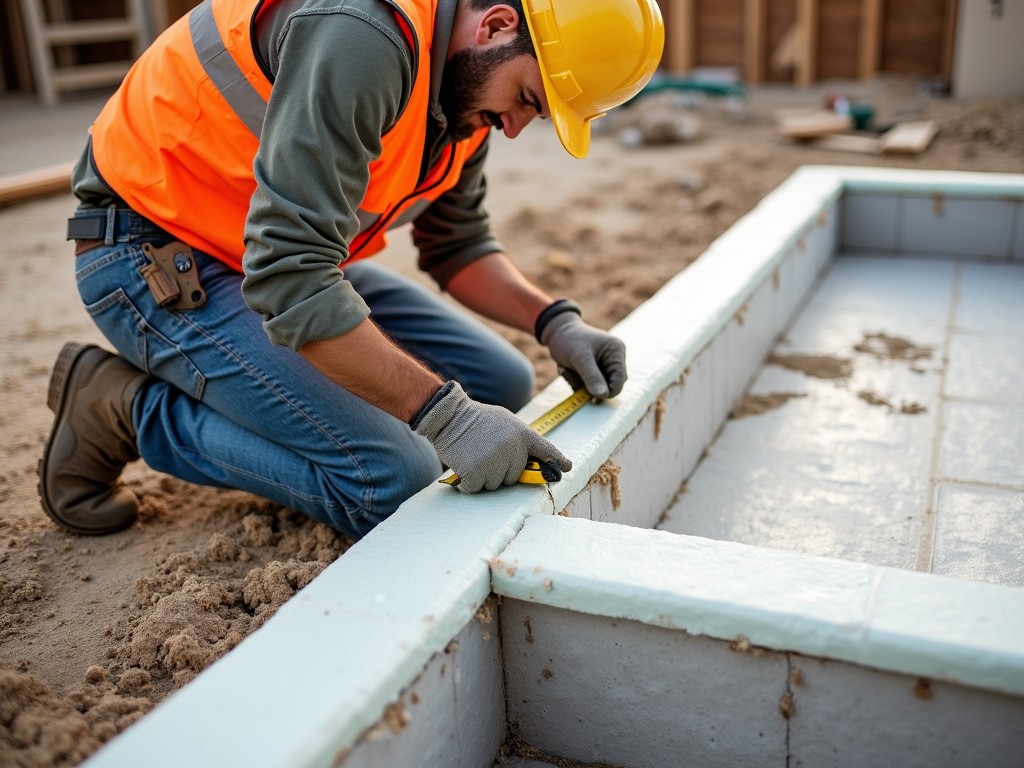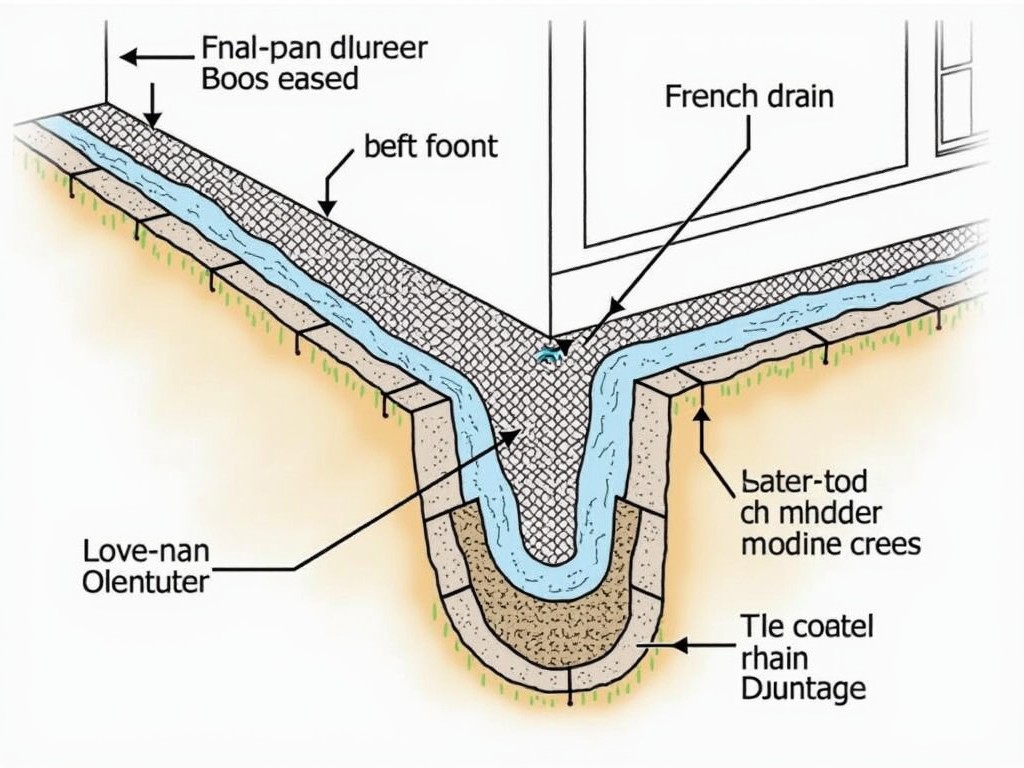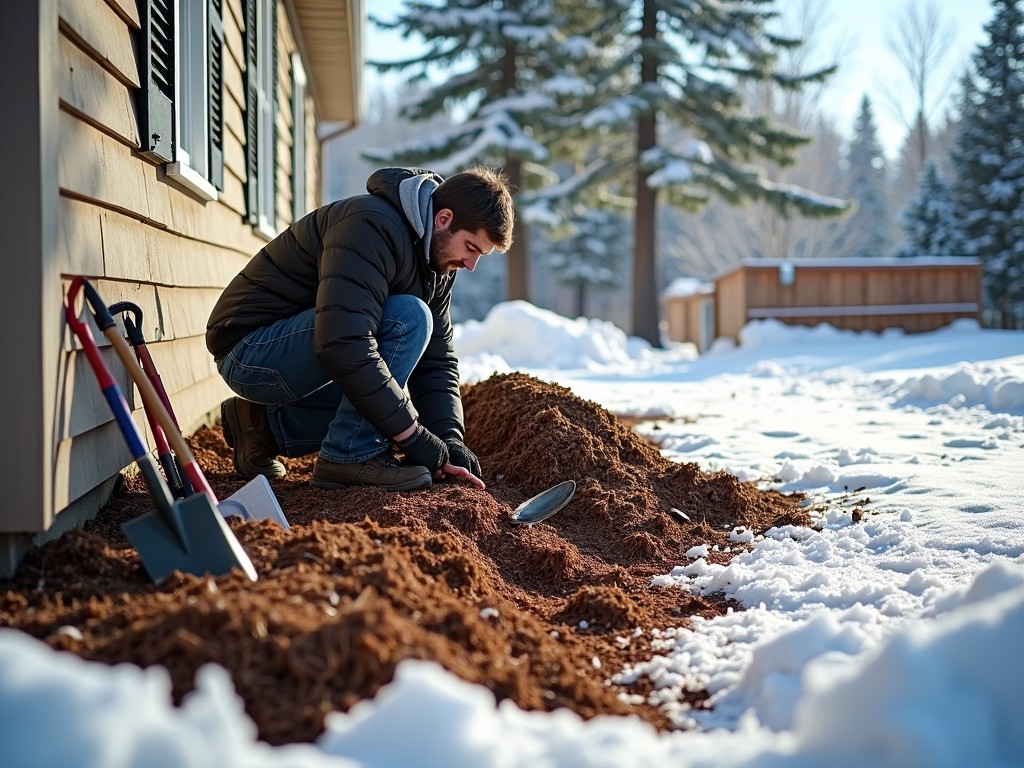Steps to Protect Footings from Frost Damage
Overview
Protecting footings from frost damage is essential to maintain structural integrity in cold climates. These steps ensure your footings endure the harsh winter months, avoiding costly repairs.
Understanding Frost Depth
To protect footings from frost damage, it's crucial to understand frost depth. Frost depth or freeze depth refers to the level where the ground freezes. Knowing this helps in footing calculation, ensuring footings are positioned below this depth to prevent frost-induced heaving and cracking.

Step-by-Step Protection Guide
Following these detailed steps can help keep your footings safe from frost damage:
1. Assess the Local Frost Depth
Local building codes often specify frost depth requirements. It’s essential to research or contact local planning authorities to get accurate frost depth information for your area.
2. Proper Footing Calculation
Once you know the frost depth, use it in your footing calculation. You'll want the footings to be deeper than the frost depth. This measure prevents frost heave, which occurs when the ground expands as it freezes.
3. Install Insulation
Proper insulation around the footings can maintain soil temperature. Utilize rigid foam boards for insulating around and beneath footings, which can minimize frost penetration.

Personal Insight on Insulation
I can't stress enough the importance of investing in high-quality insulation. In my experience, it not only shields the footings from frost but also adds longevity to your structure. Even a small upgrade in insulation material can make a significant difference.
4. Ensure Proper Drainage
Water accumulation can exacerbate frost damage. Design your landscape to direct water away from footings. Consider adding a draining system such as a French drain to manage groundwater efficiently.

Practicing Smart Landscaping
In regions prone to frost damage, it's wise to design landscaping efforts with slope-away gradients to direct water runoff away from the building. Engineers often recommend establishing a gradient slope of at least 5% for ideal drainage.
5. Utilize Protective Mulches
Apply mulch layers over areas where frost could reach. Organic mulch can serve as an insulating layer, retaining soil warmth during freezing conditions.

Summary and Final Thoughts
By assessing frost depth, calculating footing depth accurately, insulating, ensuring proper drainage, and applying mulches, you can effectively protect your footings from frost damage. These proactive measures are vital to preventing structural issues and conserving your building's longevity.
Remember, investing time and resources now can save you from costly repairs and maintain your building's integrity through the toughest winters.
Recommended Readings
- "Understanding Building Codes for Frost Depth Requirements"
- "Preventive Maintenance for Building Foundations"
- "Efficient Insulation Techniques for Cold Climates"





